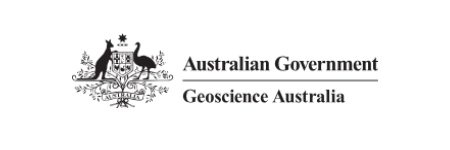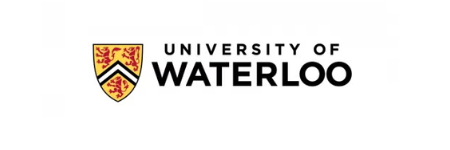
Flood mapping types and process
Developing flood maps is complex and time consuming. Explore this page to learn more

Australia Flood Warning Services
The primary function of the Flood Warning Service Program is the provision of an effective flood forecasting and warning service in each Australian State/Territory.

Australian Flood Risk Information Portal
The Australian Flood Risk Information Portal (AFRIP) objective was to create a central online location where high-quality flood risk information is stored

European Floods Database
This database addresses one of the key building blocks towards an improved understanding of flood processes and associated changes in flood characteristics and regimes in Europe: the development of a comprehensive, extensive European flood database.

Flood Hazard Identification and Mapping Program (FHIMP)
The FHIMP aims to complete flood hazard maps of higher-risk areas in Canada and make this flood hazard information accessible

FloodSmart Canada
FloodSmart Canada seeks to empower Canadians to take action to prepare for flooding. It provides a hub of information and resources on floods, flood risks, and emergency preparedness.

Global Flood Awareness System (GloFAS)
the Global Flood Awareness System (GloFAS) is an operational system of the European Commission’s Copernicus Emergency Management Service, for forecasting and monitoring floods across the world.

Global Flood Partnership
The Global Flood Partnership is a cooperation framework between scientific organisations and flood disaster managers worldwide to develop flood observational and modelling infrastructure, leveraging on existing initiatives for better predicting and managing flood disaster impacts and flood risk globally.

International Flood Network
The International Flood Network (IFNet) was established during the 3rd World Water Forum held in Kyoto in March 2003. IFNet is an international network to promote activities for flood damage mitigation.

National Adaptation Strategy & Hydrologic prediction and innovation
This funding opportunity aims to provide funding for a number of initiatives related to the National Adaptation Strategy & Hydrologic Prediction and Innovation.

The science behind flood mapping
Science and research help make accurate flood maps. As new data are collected and methods of creating different types of maps evolve, so does the science.

University of Waterloo Flood Policy Research Group
Partners for Action has joined the Flood Research Policy Group (FRPG) based at the University of Waterloo. The FRPG is an interdisciplinary group of researchers working to support Canadian flood policy with evidence-based advice, and advance flood-related research in Canada.

Canada Invests in Climate Change Adaptation Around Ontario’s Great Lakes
Through the CRCC Program, the two projects respectively led by Conservation Ontario and Zuzek Inc. will aim to support coastal communities around the Great Lakes by completing climate change risk assessments and developing integrated adaptation plans and actions in collaboration with regional stakeholders and Indigenous communities.

INterpolated FLOod Surface (INFLOS), a Rapid and Operational Tool to Estimate Flood Depths from Earth Observation Data for Emergency Management
The INterpolated FLOod Surface (INFLOS) tool was developed to meet the operational needs of the Copernicus Emergency Management Service (CEMS) Rapid Mapping (RM) component, which delivers critical crisis information within hours during and after disasters.

FloodNet
FloodNet is a multi-disciplinary research network, with active end-user involvement. The collaboration between academic experts, government scientists, and end-users (e.g., operational flood forecasters) is a key strength of FloodNet and will ensure that the new knowledge and technology developed will meet the user needs.

Global Flood Partnership: Flood Hazards in Canada: Update from the National Flood Mapping Program
In this presentation, Natural Resources Canada (NRCan) will provide an update on current activities in support of flood mapping, followed by Environment and Climate Change Canada (ECCC) providing and update on Climate, meteorological and hydrological research and developments to improve flood hazard maps.

Global Facility for Disaster Reduction and Recovery
GFDRR s a global partnership that helps low- and middle-income countries better understand and reduce their vulnerability to natural hazards and climate change.

The Coastal Flood Resilience Project
CFRP is a coalition of nonprofit organizations working for stronger national programs to prepare for coastal storm flooding and rising sea levels along the coast of the United States.
